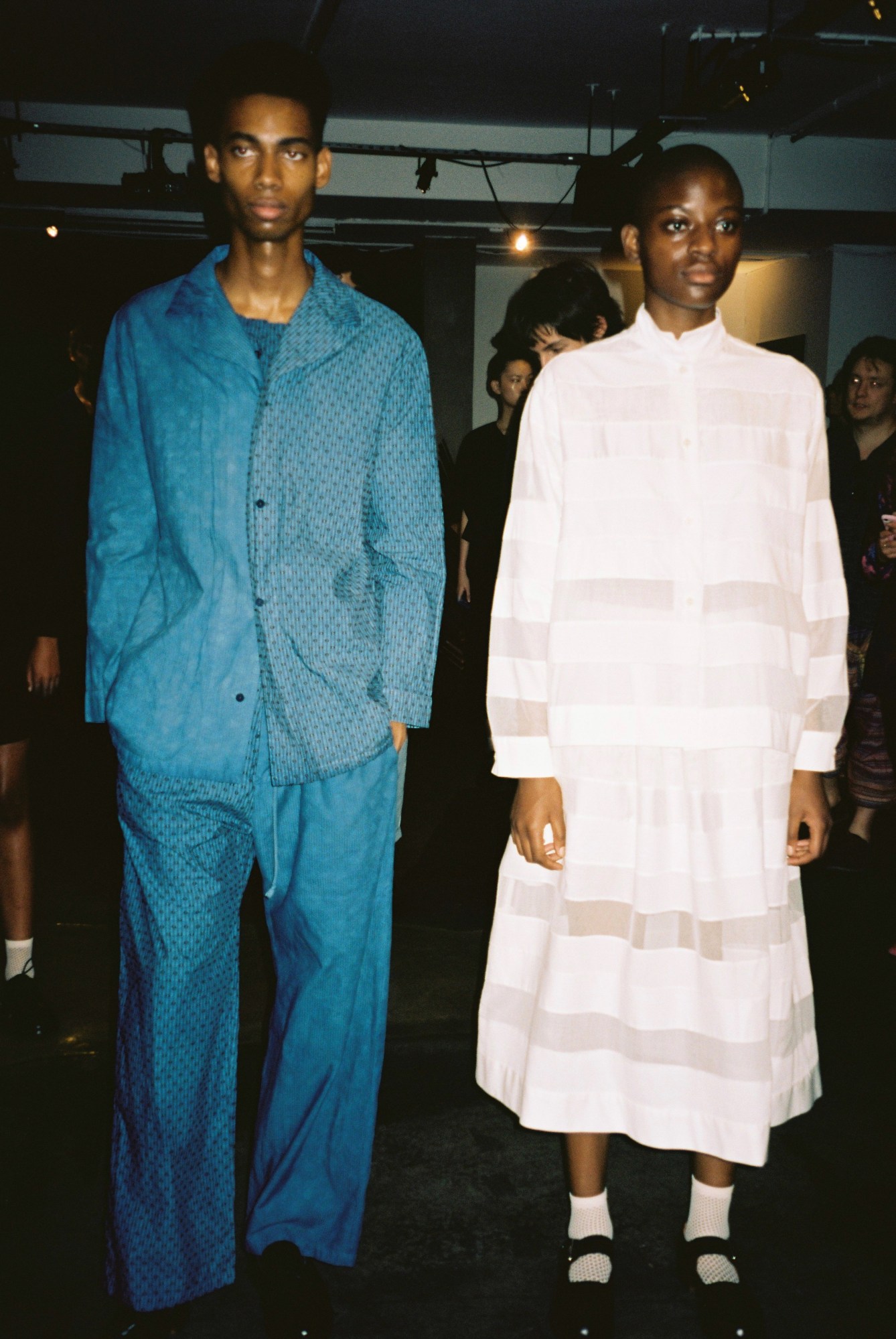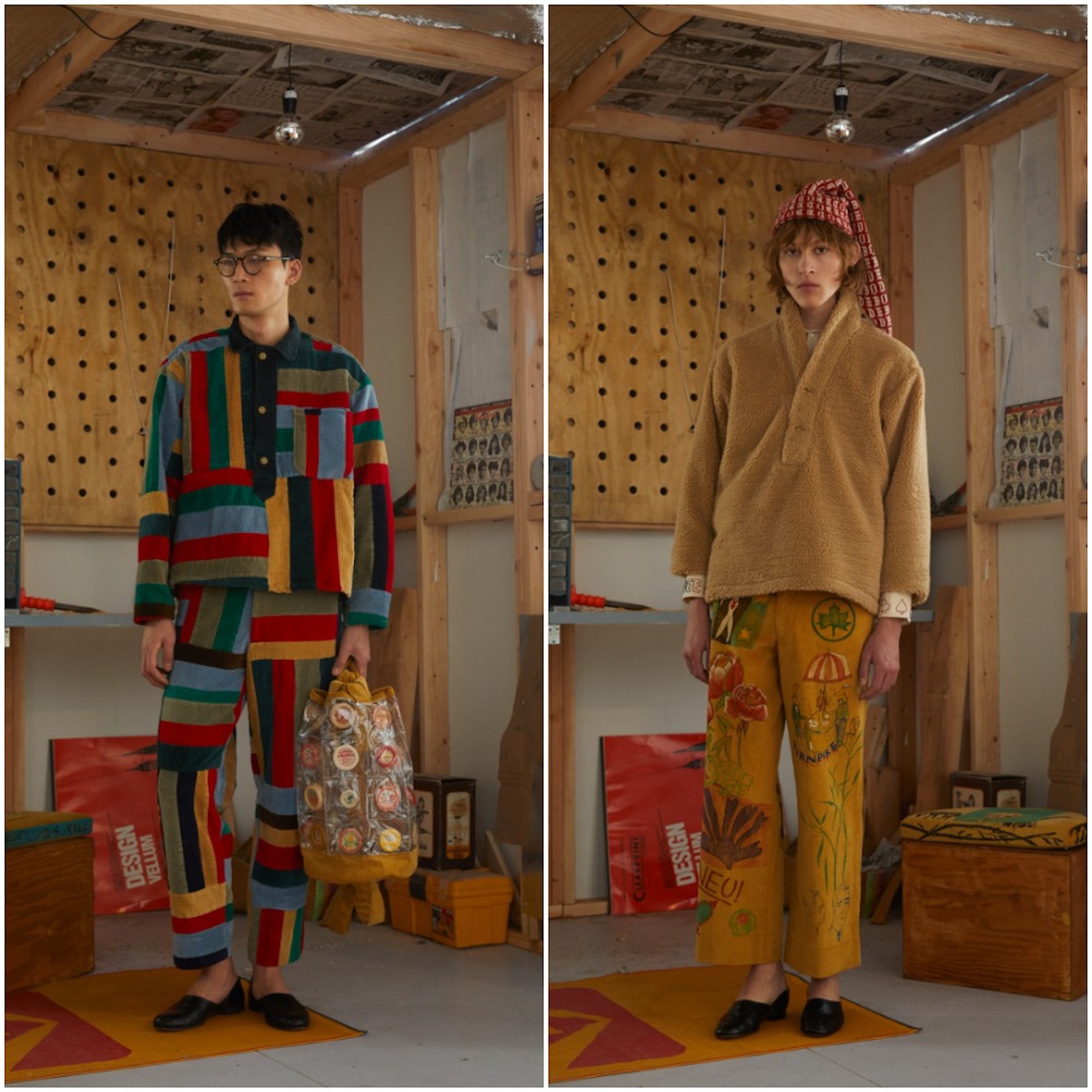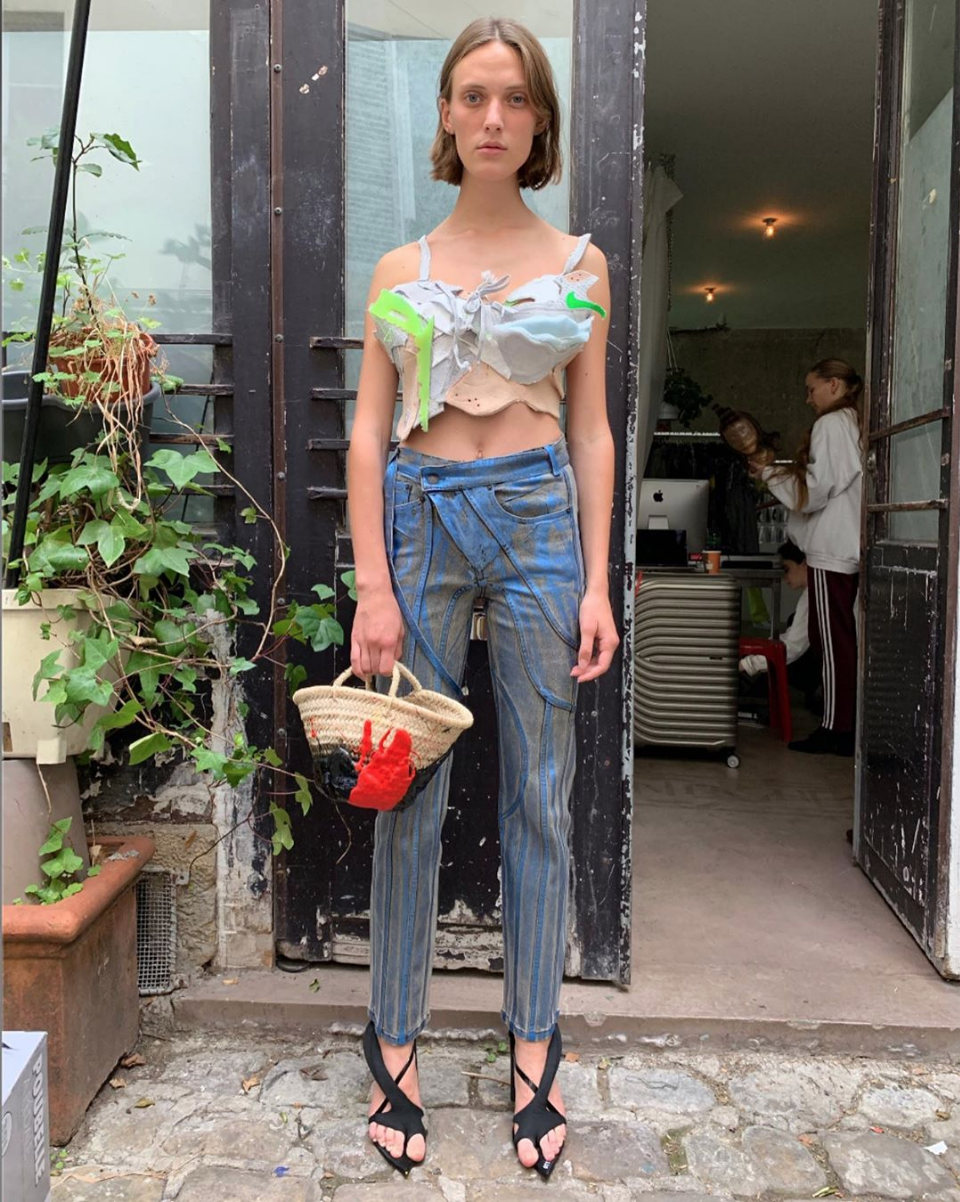As joyous as it may be, the holiday season is considered to be one of the most wasteful times of year. In fact, Americans throw away 25 percent more trash from Thanksgiving to New Year’s Day than any other time of year — with the extra waste amounting to over 25 million tons of garbage. From packing and shipping waste to gift wrapping, if every family in America wrapped three presents with recycled materials, it would save enough paper to cover 45,000 football fields. And as we face an ongoing climate crisis, every little bit helps.
With the fashion industry being as excessive as it is, many designers struggle to find a balance between creating beautiful pieces and trying to lower their carbon footprint. Not to mention, reducing gift wrapping waste during the holiday season when many brands make a large portion of their yearly profit. More and more luxury houses are focusing on reducing their environmental impact, but the fashion industry has a long way to go. Luckily, there are a number of eco-conscious designers leading the charge.
i-D caught up with the designers behind some of the coolest sustainable labels in the business, from Collina Strada to Emily Bode, to ask how they reduce, reuse, and recycle this time of year in order to keep themselves on the nice list.

Collina Strada
What’s your best piece of advice on how to have a more sustainable holiday?
Hillary Taymour: The biggest thing with the holidays is definitely packaging. Think about how much single use plastic is involved in shipping gifts all over the world! I’d say whatever holiday you’re celebrating, if you’re buying things for people — try to buy local and be mindful of packaging and shipping carbon emissions. Think outside the box. Perhaps a concert as a present, or an experience, gifts don’t need to be a material thing.
How can people do their part to reduce waste during this time of year, but also for the future?
Reusing shopping bags, reducing plastic use and even reusing gift bags rather than individually wrapping everything can help reduce waste. Recycling everything you can and giving all the holiday waste a little bit more attention and mindfulness than you usually would. Shop local produce for meals. Make cards out of recycled paper or scraps around the house. Think about what you are purchasing. Is it necessary? What’s its life cycle? And don’t buy random presents for people that don’t feel special.
What does designing sustainably mean to you?
It means keeping sustainability in mind at every point in the production process and ensuring that the item’s design facilitates sustainable fabrics and production processes. It means using organics and using things that are food for the planet, not poison. It means fair wages. It means not shipping all over the world to be produced.
What do you think the future holds for sustainable brands?
The future of sustainable brands ideally looks like a universal transition into sustainable practices and fabrics for sustainability’s sake, rather than just in the context of being a trend. If enough brands take a new approach to how they produce clothing, ‘sustainability’ won’t just be a transient tagline anymore, but instead a long-lasting, generally accepted feature of the average clothing brand. Everyone just needs to stay the course and think about every decision you make on fabric, trims and packaging, and ask yourself is this the best version for the planet?

Phoebe English
What’s your best piece of advice on how to have a more sustainable holiday?
Phoebe English: Stay local, good food, good friends — that’s all you need, the people you love the most in the same room at the same time, you don’t need more than that.
How can people do their part to reduce waste during this time of year, but also for the future?
Change the type of gifts you give. Give gifts which have real actual relevance to the times we live in. Give plants instead of gifts, give a donation to a charity on someone’s behalf, give the gift of repairing something for someone you love. Do more research on the brand or business you buy from to know where its raw materials have come from and how it has been made.
What does designing sustainably mean to you?
Redesigning, re-examining and relooking at all the systems we use to make clothes and the products themselves.
What do you think the future holds for sustainable brands?
Possibility. Real tangible possibility. The ecological and environmental crisis is fundamentally a design flaw, and if there is something designers know about — it is design flaws. There is so much incredible design talent out there with amazing minds who will be able to contribute to designing us out of the mess we have left for future generations. I’m excited and optimistic for the solutions to make themselves known.

Bode
What’s your best piece of advice on how to have a more sustainable holiday?
Emily Bode: My mom loves to use all types of wrapping paper and what I always thought was so special was that she would use things to adorn packages. For instance, instead of bows she prints out tiny wallet sized photos of me throughout my life and puts them on all of the gifts. It’s not something that’s like all bows and ribbons, but rather something you can keep. Wrapping paper is a really cool way to be super thoughtful and create something that isn’t just something you’re going to throw away. I have a family friend who says that you should only gift something that you make and I love that idea because I’m a maker.
How can people do their part to reduce waste during this time of year, but also for the future?
Many people gift experiences and I think that’s so nice. Gift something that has everyday use, but with something special inside of it. I love gifting wine.
What does designing sustainably mean to you?
For me, designing sustainably means preserving history, designing thoughtfully and giving clothes a new life or preserving cultural tradition. Anything that reflects you only grounds you as a person. People become more thoughtful when they talk about the past and it allows them to understand where they want to end up and think about the way that they are currently living. Forty percent of our business is taking vintage textiles and making clothing.
What do you think the future holds for sustainable brands?
I hope the future is that it’s the norm to be an eco-conscious brand. It’s difficult for sustainable brands right now, but I think more organizations are leaning towards helping people become fully sustainable and helping designers make it easier. There’s this idea that you get better margins when you produce in larger quantities, but that doesn’t help because then you have to sell things at a reduced price. It makes more sense for us to pay a premium for higher goods and make less because it’s a better business model. I don’t need to make 500 T-shirts to get the best price. In one way you’re creating more jobs, but at our factory for instance, it takes them the same amount of time to make five trousers as it would take them to make 50. It’s not like you’re creating less jobs by creating less goods.

Ottolinger
What’s your best piece of advice on how to have a more sustainable holiday?
Christa Bosch: Reuse and enjoy relaxing moments at home!
How can people do their part to reduce waste during this time of year, but also for the future?
Reuse everything. Always rethink before you throw something away and question yourself if you can reuse it or if someone else can reuse it. And if you can’t reuse: at least recycle.
What does designing sustainably mean to you?
It means to be responsible for our environment and taking care of what we do and how we do it. For our production, it means to choose the most sustainable option in fabrics, trims and treatments, as well as keeping the waste low. We try to keep shipping and transportation to the minimum. Sustainability to us also means to have a friendly and fair environment, so production has to be fair and everyone paid fairly. It’s important for us to know how our garments are produced and know that all our partners are respecting working hours, salary and the environment.
What do you think the future holds for sustainable brands?
We think sustainable brands are the future. We believe that our whole life has as the whole industry has to become sustainable. We have to create products which make sustainability fun, accessible and elegant so people will aim to be more sustainable. It will be a process, but as long as we are aware and would like to change, it’s possible.


